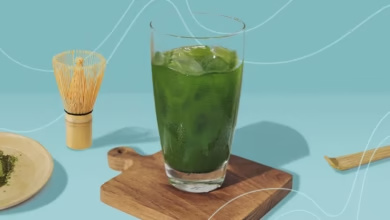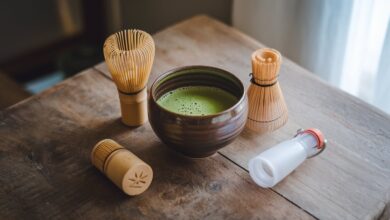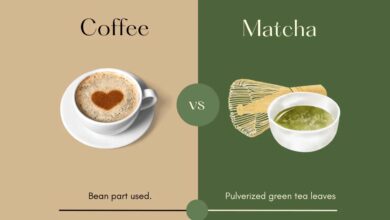Top 5 Matcha Brands in India I Personally Tried (Honest Review)

Introduction
As someone who grows and drinks matcha every day, I wanted to explore what’s available in the Indian market. There are now many brands selling matcha online, but not all are the same in terms of quality, taste, or price.
So I decided to buy and try 5 popular matcha brands in India, all from my own pocket — no sponsorship, no paid promo.
In this article, I’ll honestly share my experience: what I liked, what I didn’t, and which one I would actually buy again.
What I Looked for While Reviewing
Before we dive into the list, here are the things I focused on:
- Color & Freshness
- Taste (smooth, bitter, sweet?)
- Texture & Mixing
- Packaging
- Price per gram
- Where it’s sourced from
Comparison Table: Matcha Brands at a Glance
| Brand Name | Price (per 30g) | Grade | Taste Profile | Origin | My Rating |
|---|---|---|---|---|---|
| Matcha Maiden | ₹950 | Ceremonial | Mild, smooth | Japan | ⭐⭐⭐⭐☆ |
| Kimino Japanese | ₹1200 | Ceremonial | Grassy, sweet | Japan | ⭐⭐⭐⭐⭐ |
| Tea Trunk | ₹700 | Culinary | Bitter, strong | Japan (import) | ⭐⭐⭐☆ |
| Blue Tokai Matcha | ₹850 | Ceremonial | Smooth, mellow | Uji, Japan | ⭐⭐⭐⭐☆ |
| The Tea Shelf | ₹540 | Culinary | Sharp, bitter | India (Assam) | ⭐⭐⭐ |
1. Kimino Japanese Matcha (My Favorite)
💬 What I Loved:
- Bright green color
- Creamy texture and mixes well
- Naturally sweet — no bitterness
- Comes in a tin, very fresh
Downsides:
- Slightly pricey, but worth it for quality
Best for:
People who want to drink matcha daily with top flavor and benefits
2. Blue Tokai Ceremonial Matcha
💬 What I Loved:
- Mild and mellow flavor
- Easy to whisk, minimal clumps
- Good balance between price and quality
Downsides:
- Color not as bright as Kimino, but still good
Best for:
Yoga lovers and people trying matcha for mental clarity
3. Matcha Maiden
💬 What I Loved:
- Smooth taste with a soft aftertaste
- Sourced from Japan, high trust value
- Modern, premium packaging
Downsides:
- Slightly inconsistent texture in one of my purchases
Best for:
Gift giving or occasional matcha drinkers
4. Tea Trunk Matcha
💬 What I Loved:
- Strong flavor for smoothies and lattes
- Affordable for beginners
Downsides:
- Too bitter to drink plain
- Not ceremonial grade
Best for:
Matcha recipes, smoothies, baking
5. The Tea Shelf (Indian Matcha)
What I Liked:
- Locally grown (from Assam)
- Budget-friendly
Downsides:
- Color is dull green
- Bitter and grainy in texture
Best for:
People on a budget or looking to try Indian-grown matcha
My Final Thoughts: Which Matcha is Best for You?
If you’re looking for:
- Daily drinking + best experience → Go for Kimino
- Balanced quality + price → Try Blue Tokai
- Budget + Recipes → Use Tea Trunk or The Tea Shelf
FAQ Section
Q1: Is Indian matcha as good as Japanese matcha?
No, not yet. Japanese matcha still has better shading, steaming, and grinding methods. But Indian brands are improving.
Q2: What’s the difference between ceremonial and culinary grade matcha?
Ceremonial matcha is made from top leaves, meant for drinking. Culinary matcha is stronger and often used for recipes.
Q3: Can I drink matcha every day?
Yes! Most people can safely drink 1–2 cups daily. It supports energy, focus, and gut health.
Q4: Where can I buy authentic matcha in India?
Amazon India, brand websites, or specialty tea stores. Always check for origin, grade, and packaging.
Conclusion: Taste, Quality, and Trust Matter
I realized that not all matcha is created equal. A few hundred rupees can make a big difference in your health, taste experience, and even how you feel after drinking it.
If you’re serious about switching to matcha for mindfulness, clean energy, or skin benefits — go for quality, even if it costs a little more.
And remember: even the best matcha won’t work unless you use it regularly and prepare it the right way.




